
Women in photography
The story of women in photography starts with entrepreneurial and talented women. In their book Australian Women Photographers 1840 – 1960 (1986), Babara Hall and Jenni Mather estimate about 140 women were practicing professional and amateur photography between 1850 and 1900. Even more women would have worked in supporting roles.
In her introduction for the book Hall writes:
‘Photography was a new discipline, with no traditional hierarchy to stand in the way of women’s self-expression. It was readily accessible... Women who embraced photography gained a unique and unacknowledged opportunity to play a significant role in depicting our social history.’
The earliest known female photographer in Australia is Louisa Elizabeth How. An album of her amateur photography taken between 1858 and 1859, held by the National Gallery of Australia, are the oldest known photographs by an Australian female photographer known to still exist.
Discover the work and stories of some of Australia’s earliest female photographers.
Alice Mills
Born in 1870 in Ballarat, Alice Mills became one of Melbourne’s leading professional photographers. While her compositions were typical of the period, she boldly used tinting and was involved in the local press. Her portraits and pictorial work appeared in Melbourne’s newspapers.
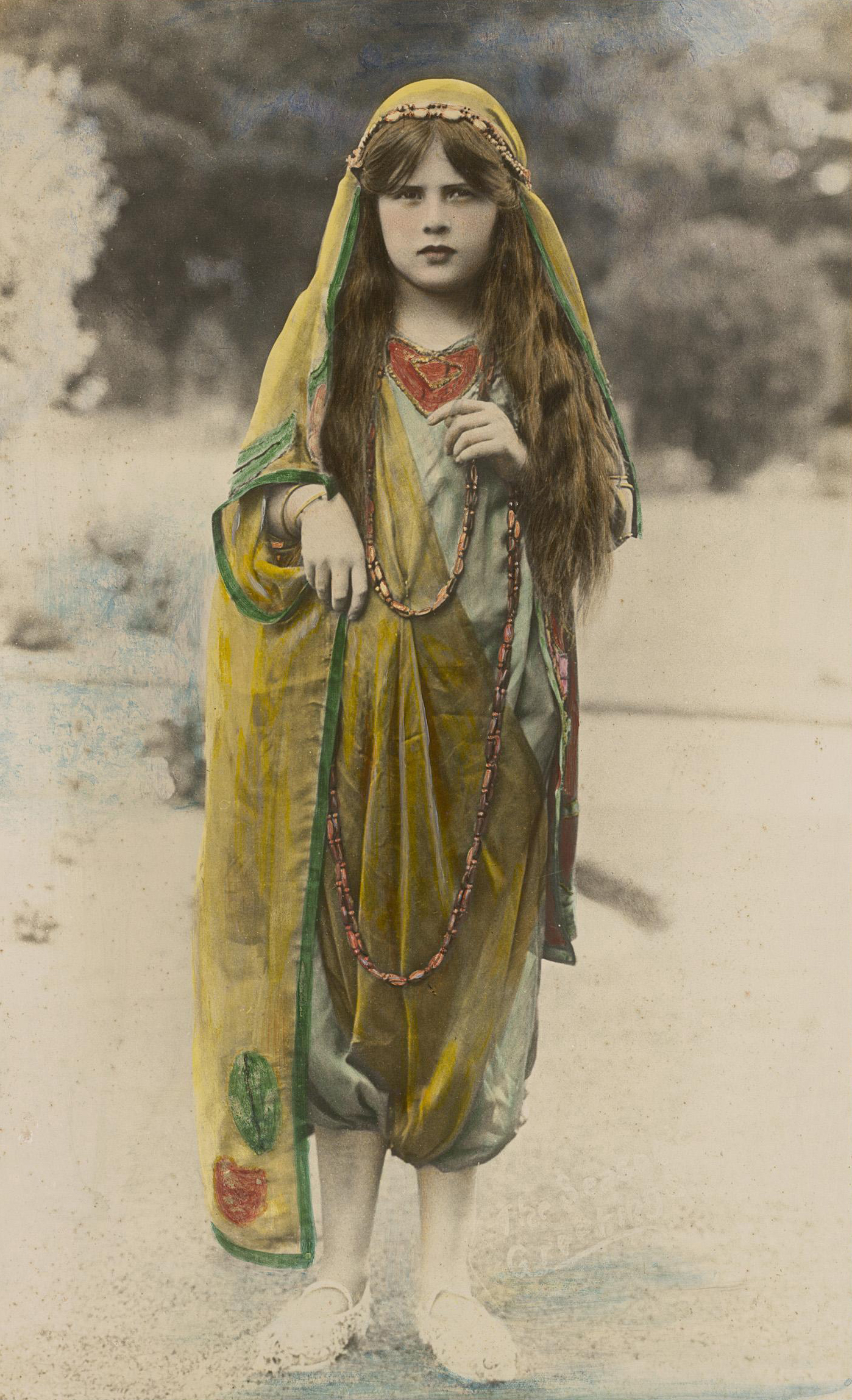
Alice and her husband Tom Humphreys opened a photographic studio in Melbourne in 1900. While this first studio was established under her husband’s name, Alice quickly rose to be one of Melbourne’s most respected photographers. She wasn’t alone in her success either. Many of Melbourne’s leading photography studios at the time were run by women.
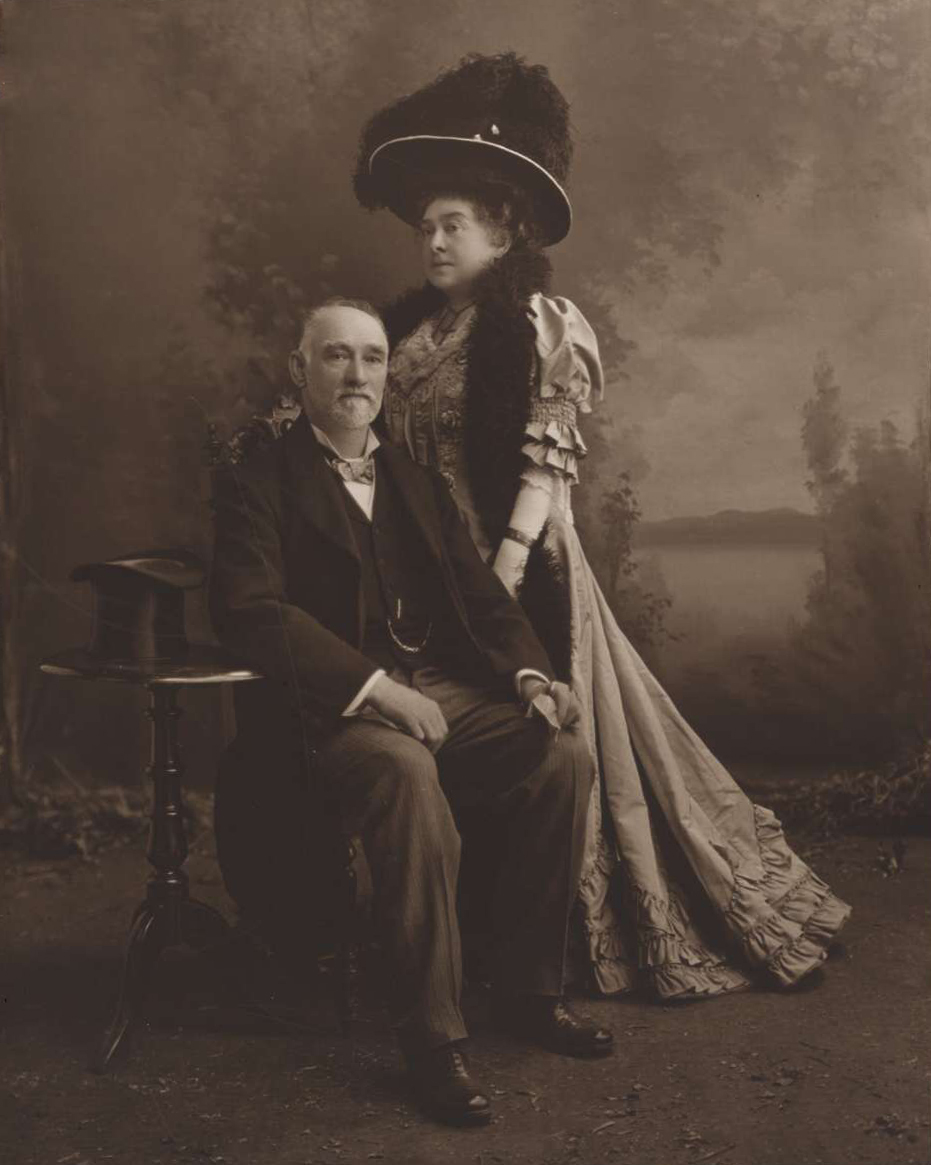
In 1907, her work was given special recognition in the First Australian Exhibition of Women’s Work. By this point, Alice had set up her own studio, under her own name, on Collins Street. When war arrived in 1914, she was one of the many female photographers who took portraits of enlisted young men.
View her work in Trove.
May and Mina Moore
Sisters May and Mina Moore’s photography careers began in New Zealand. As novices, the two women bought an established photography business in Wellington. They learnt the trade from the two staff members they kept and quickly built a reputation with their unique “character” style of portraiture.
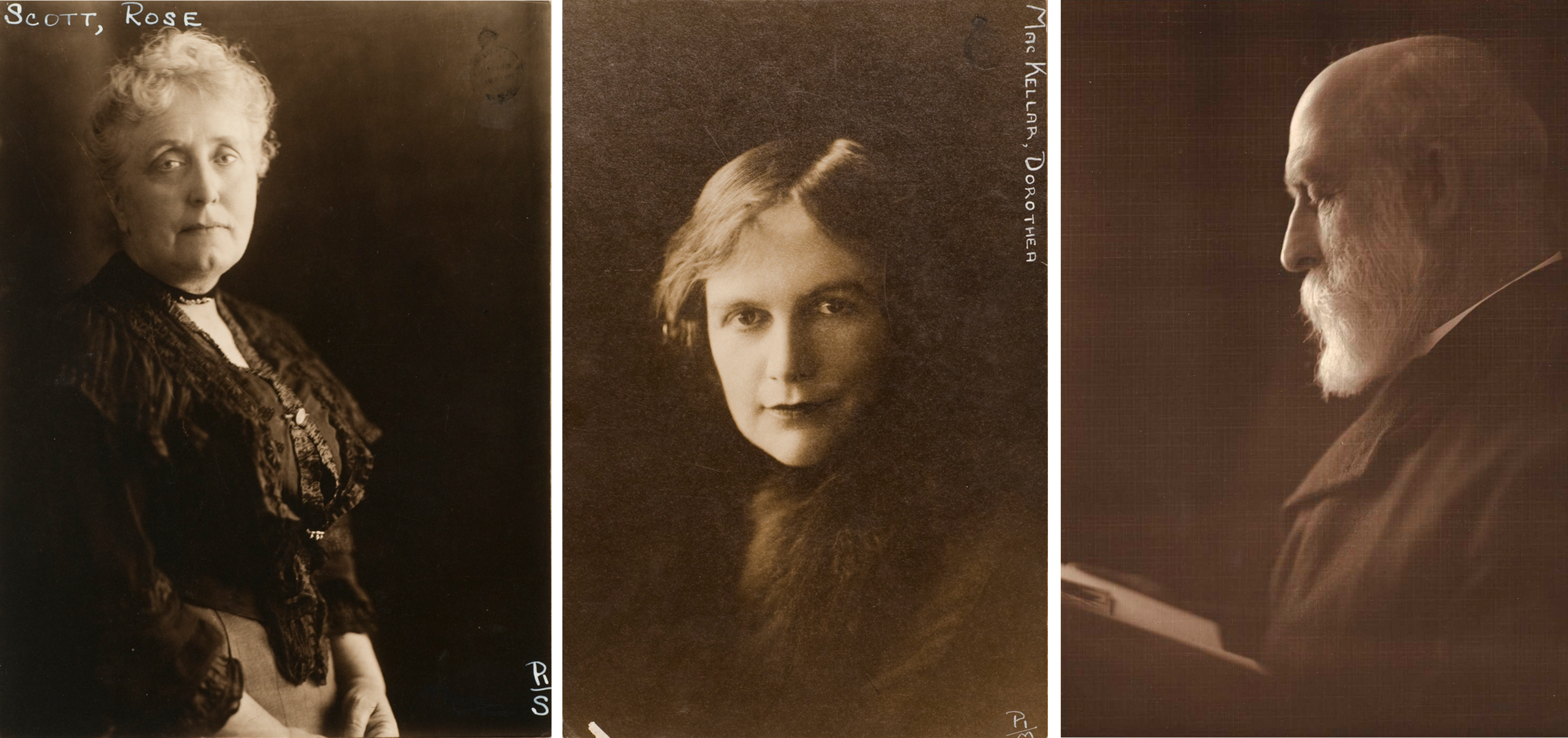
Around 1910, May travelled to Australia where she connected with the Sydney arts scene and was lent studio space in the Bulletin Building. Mina followed her sister in 1913 and set up a photographic studio on Collins Street, Melbourne.
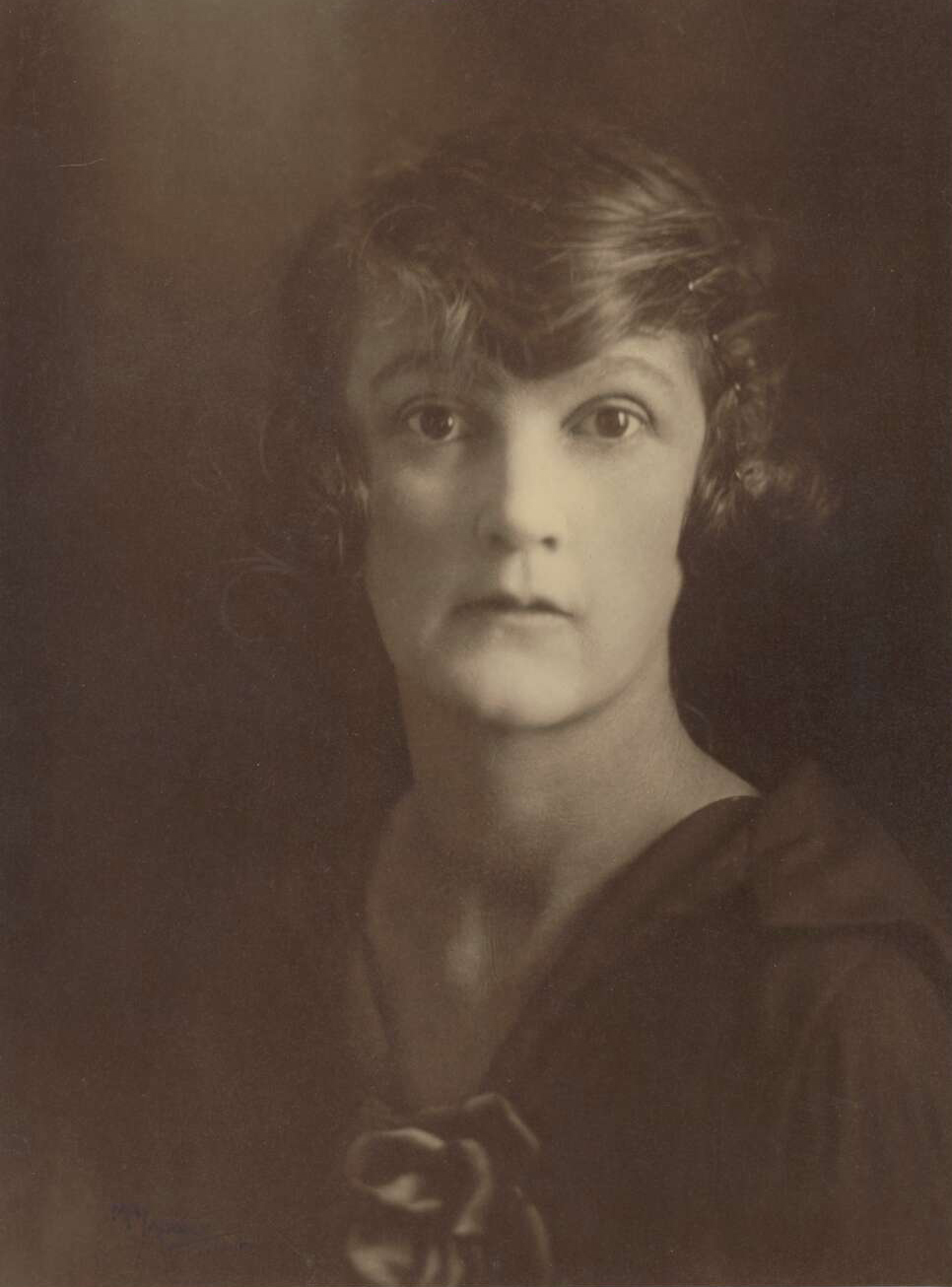
Over their careers, May’s reputation grew to overshadow Mina’s. Notable examples of May’s work include portraits of Bohemian journalist Dulcie Deamer and writer Vera Dwyer taken in the 1920s. However, a lot of the sisters’ work was jointly attributed as “May and Mina Moore,” so it is unknown which of the sisters captured them.
View their photography work in Trove.
Bernice Agar
Bernice Isabel Agar began her photography career in Bain Studios based in Toowoomba, Queensland. She worked in Toowoomba from 1912 to 1918, before moving to Sydney. Here, she joined the ranks of many other female photographers who managed successful studios under their own names.
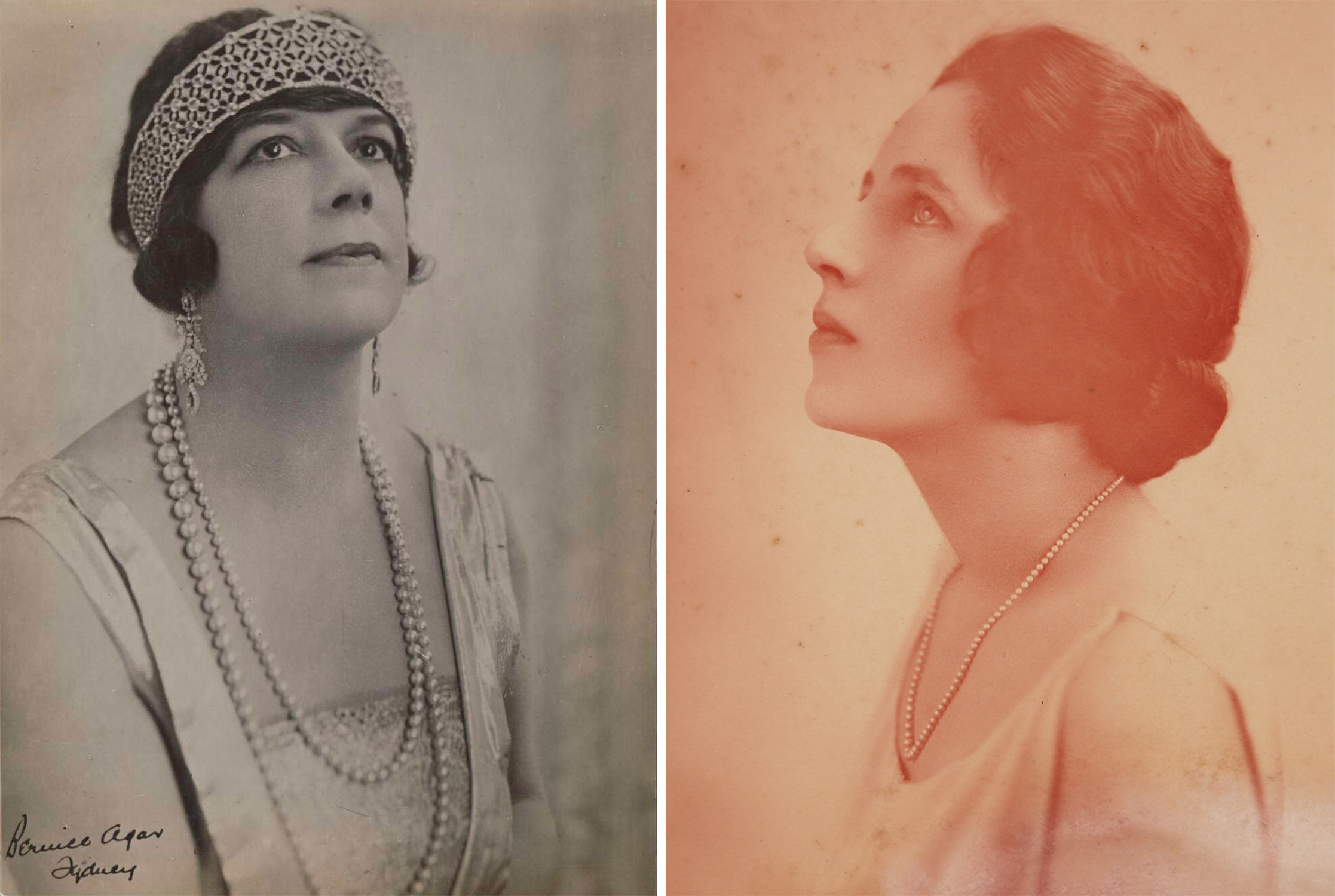
The Bernice Agar Studio operated out of Dennison House on George Street, Sydney, and specialised in portraiture. Throughout the 1920s, she regularly published her photographs in The Home: an Australian quarterly magazine. Her work was considered modern and innovative for the time.
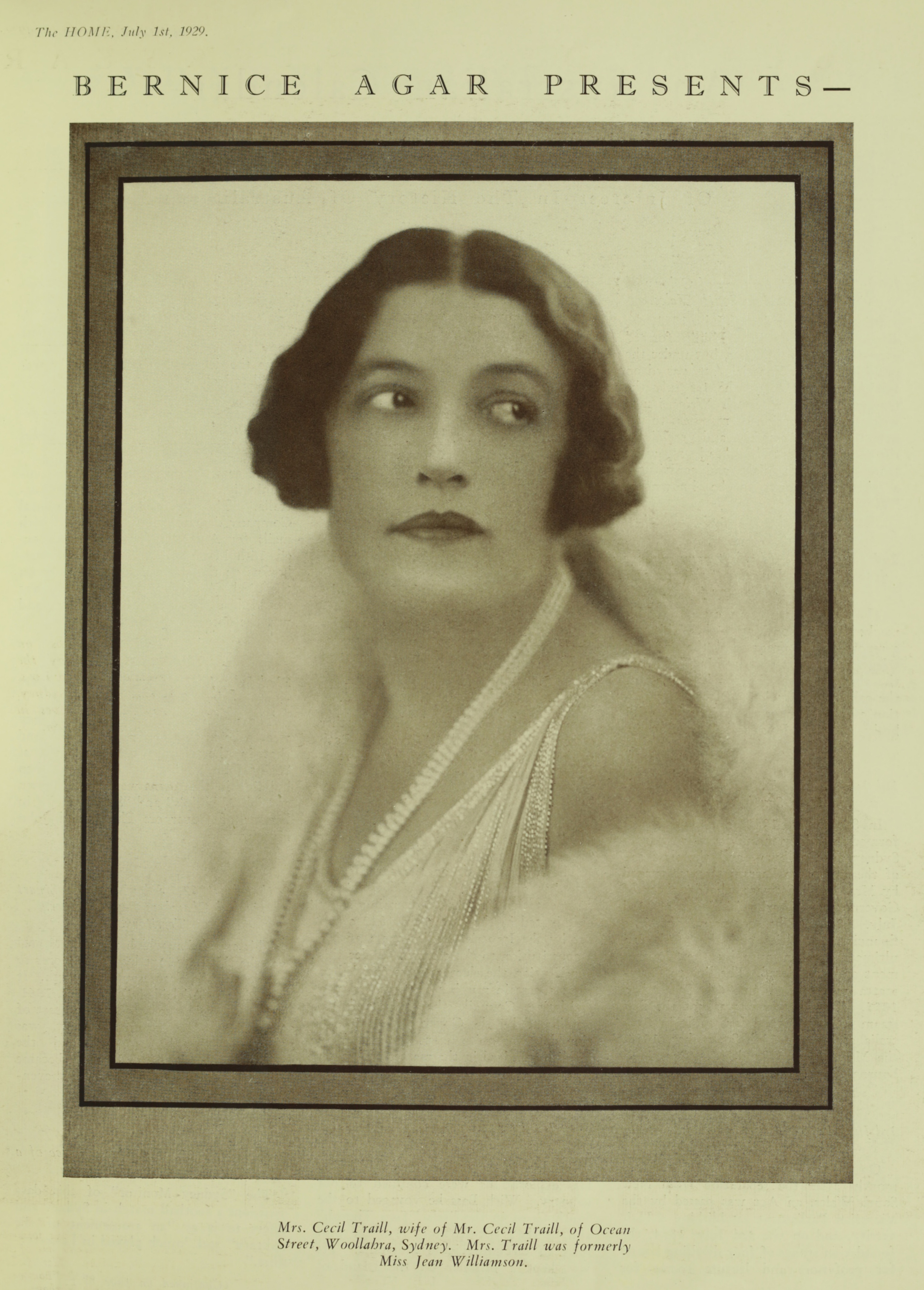
Like many women in photography at the time, Agar retired when she married. On this, Jack Cato writes in his book The Story of the Camera in Australia (1955) that ‘the leading camera men of this country breathed a sigh of relief.’ Even if this was solely intended as a compliment on the quality of Agar’s work, it’s comments like this that have downplayed women’s contributions to photography in Australia.
View her photographs in Trove from the Museums of History NSW and National Library of Australia collections.
Pegg Clarke
Pegg Clarke was a highly reputable photographer in Australia and overseas in the first half of the 20th century. She was also a successful business owner, running her own photographic studio up until the 1950s.
In 1925, she was interviewed by The Australian Women’s Mirror for an article on 'Photography for Women'. The article goes into detail about the female professionals working in the industry as photographers, retouchers and printers. When asked about what qualifications someone needs, Pegg responded with:
‘An artistic training, sound technique – and patience, particularly with children. She should also have a penchant for hard work – lots of hard work.’
It’s clear that ‘a penchant for hard work’ was something she had. A year before the interview, in 1924, Clarke had been the only woman included in the First Exhibition of the Australian Salon of Photography.

Between 1926-1927, Pegg and the artist Dora Wilson were commissioned to travel to Europe and record its landmarks. Upon their return, they worked alongside each other in a shared studio (which was also Pegg’s home) ‘Rosebank,’ in Hawthorn, Melbourne. They also travelled Australia together.
In 1930, in an article published in The Argus, Australian impressionist painter and art critic Arthur Streeton described her work as,
‘a revelation of what may be attained by sincere study and a remarkable perception of what is beautiful.’
Today, Pegg continues to be revered for her Pictorialism photography. Her work has a soft and painterly aesthetic, consistent with other notable pictorialists at the time, such as Harold Cazneaux. The Pictorialism movement advocated for the artistic merits of photography, elevating it to the same status as other artistic mediums, like painting and drawing.
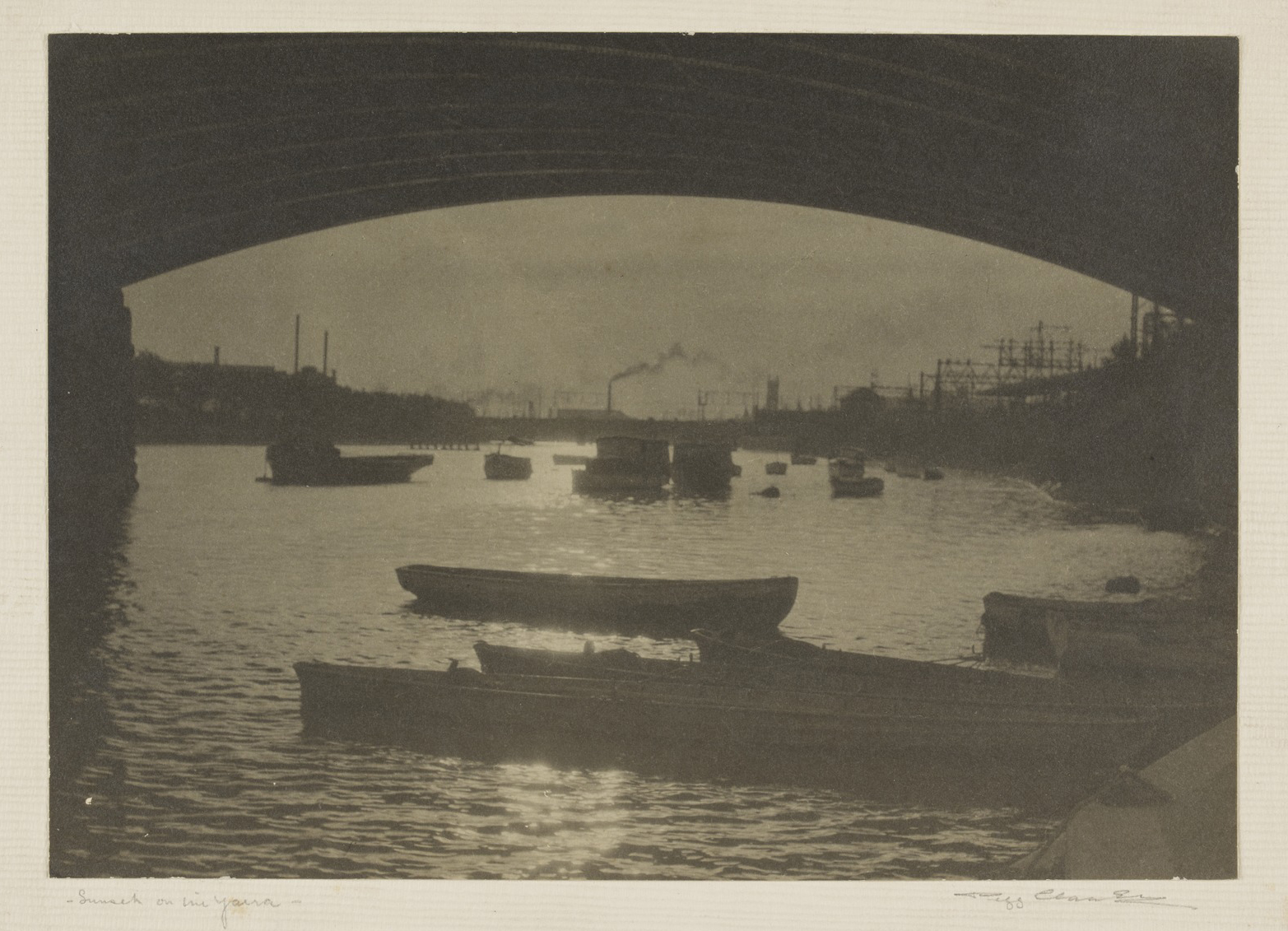
View her photography in Trove from the State Library of Victoria and National Gallery of Australia’s collections. You can also discover more newspaper articles about her travels and artistic career in this Trove list.
Ruth Hollick
When Ruth Hollick graduated from Melbourne’s National Gallery School in 1906, she had built strong ties to the art scene and relationships with her contemporaries, including Pegg Clarke, Alice Mills and Mina Moore.
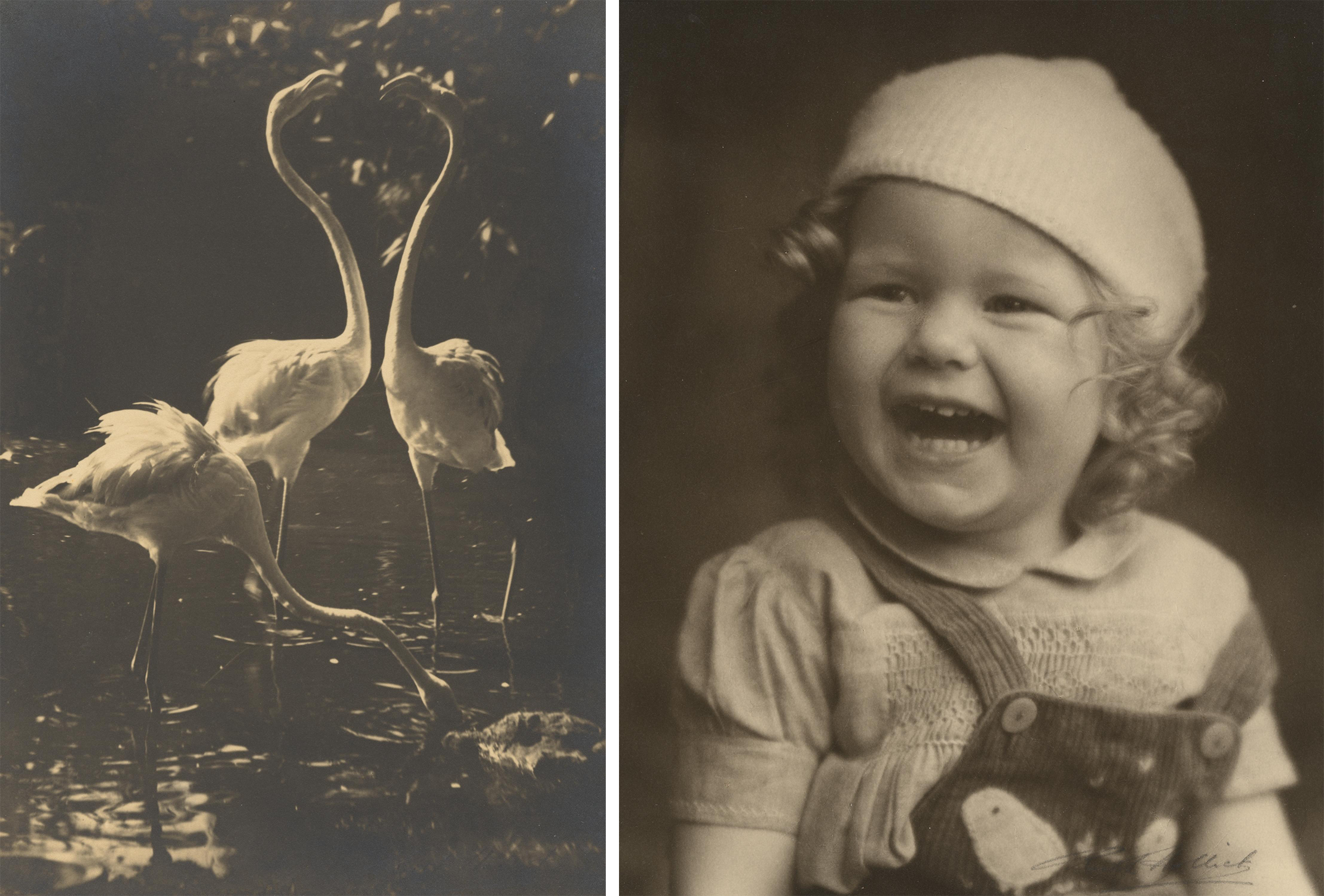
Between 1908 and 1909, Ruth travelled around regional Victoria offering her services as a portrait photographer. Much of this early work was captured outdoors, and Ruth honed her skills at working with available light.
Ruth worked from her family home when she returned to Melbourne before taking over Mina Moore’s studio on Collins Street when she retired. Here, Ruth established her reputation as a children, fashion, and society portrait photographer. She also worked alongside Pegg Clarke to capture Melbourne images for The Home: an Australian quarterly magazine.
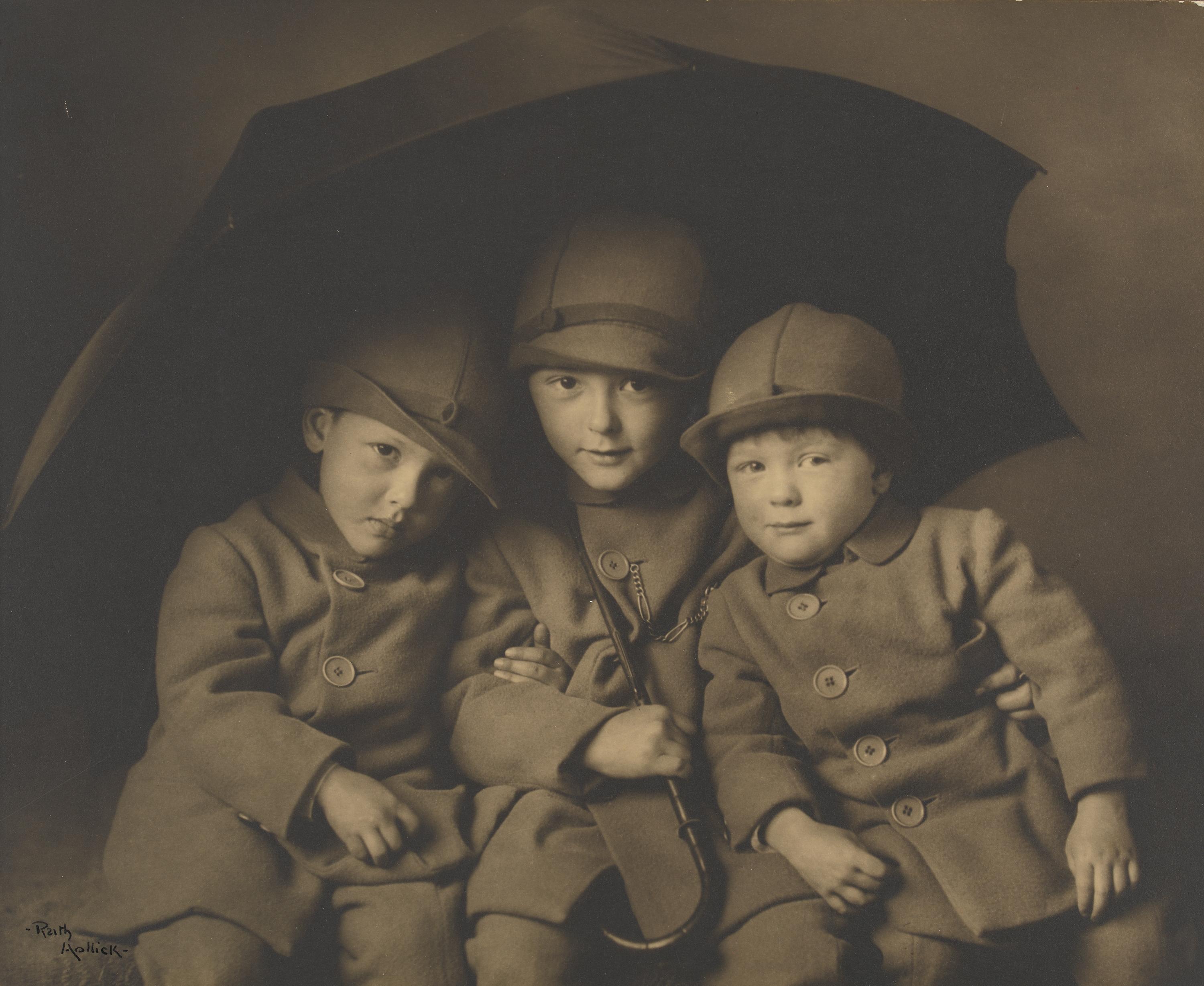
View her photographs in Trove from the National Gallery of Victoria and State Library of Victoria’s collections.
Photography in Trove
New contemporary and historical photography collections are added to Trove each year. Learn how to search images in Trove.
You can also discover the story of Australia’s first professional photographer.